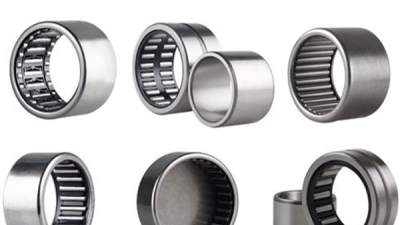Exploring Unique Alternatives for Micro Miniature Bearings in Global Sourcing
Table of Contents
- Exploring the Growing Demand for Micro Miniature Bearings in Diverse Industries
- Assessing the Impact of Global Supply Chain Challenges on Bearing Sourcing
- Innovative Materials in Micro Miniature Bearings: Enhancing Durability and Performance
- Comparative Analysis of Traditional vs. Alternative Sourcing Strategies for Bearings
- Key Industry Players and Their Role in Shaping Micro Miniature Bearing Solutions
- Future Trends: The Shift Towards Sustainable Practices in Bearing Manufacturing
- Maximizing Efficiency with HCSZ High Performance Low Noise Roller Needle Bearings: A Comprehensive Guide
- FAQS
- Conclusion
- Related Posts
You know, in this constantly changing world of global sourcing, it’s more important than ever to have high-performance components—especially when it comes to Micro Miniature Bearings. These tiny but mighty parts are pretty much essential across lots of industries, from cars to aircraft. Actually, the market for these bearings is expected to skyrocket, hitting around $1.2 billion by 2025, thanks to new tech innovations and more automation in manufacturing. Shandong Hangshuo Bearing Co., Ltd., which started back in 2015, is really leading the charge here. They blend research, manufacturing, and sales to bring some seriously top-notch bearing solutions. They cover a pretty wide range—from automotive, mining, engineering, textiles, to agricultural machinery—basically, they’re a dependable partner for finding unique alternatives for Micro Miniature Bearings. As industry needs keep ramping up, it’s crucial for companies to think strategically about sourcing if they want to stay efficient and deliver top performance.
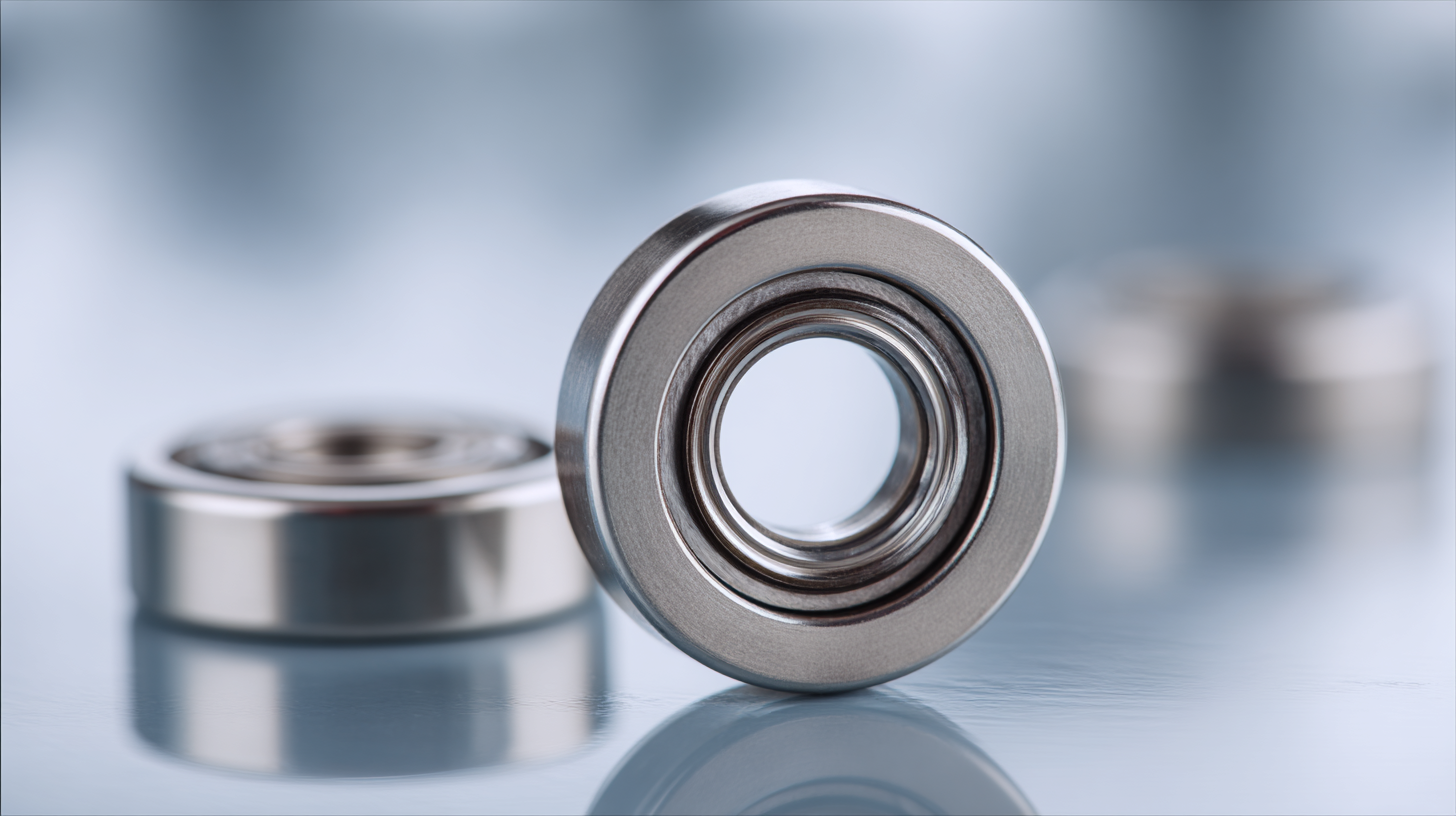
Exploring the Growing Demand for Micro Miniature Bearings in Diverse Industries
Lately, there’s been a pretty noticeable jump in demand for micro miniature bearings across a bunch of different industries. It’s all tied to how technology keeps advancing and how crucial precision is in machinery these days. These tiny parts might seem small, but they’re actually super important—think medical devices, electronics, cars, and even aerospace stuff. As industries keep pushing to make everything smaller and more efficient, the need for bearings that can fit into tight spaces but still deliver top-notch performance and durability is really coming to the forefront.

A lot of industries are starting to see the real perks of using micro miniature bearings—stuff like less friction, lighter weight, and longer-lasting durability. For example, in the medical field, accuracy is everything. Bearings are key components in surgical tools and diagnostic machines. And in the world of consumer electronics, the trend of miniaturization means companies need smaller bearings to make devices better without losing quality. As businesses look globally for sourcing options, it’s becoming essential to explore different alternatives to keep up with the increasing and diverse demands of these markets.
Assessing the Impact of Global Supply Chain Challenges on Bearing Sourcing
You know, the whole mess with global supply chains has really thrown a wrench in sourcing micro miniature bearings — these tiny but super important parts we see in cars, planes, and gadgets. I came across a report from MarketsandMarkets that says the micro bearings market might hit around 1.54 billion bucks by 2026, growing at about 5.4% annually since 2021. Sounds promising, right? But let’s not forget, COVID-19 and all the geopolitical drama have caused pretty big delays and, no surprise, prices to shoot up for getting these crucial components.
One of the biggest headaches? Shortages of raw materials and costs for transportation going wild. A study from the International Federation of Purchasing and Supply Management mentioned that a whopping 72% of companies have been feeling the pinch, dealing with supply chain disruptions left and right. So, lots of manufacturers are now scrambling for new ways to get their hands on these bearings. Some are even turning to local suppliers or trying to boost sustainable manufacturing practices — smart moves to hedge against risks and keep the wheels turning smoothly. All this is pretty much necessary if they want to stay competitive and keep production on track in this crazy, fast-changing global market.
Impact of Global Supply Chain Challenges on Micro Miniature Bearing Sourcing
Innovative Materials in Micro Miniature Bearings: Enhancing Durability and Performance
You know, these days, there’s a real buzz around new materials in micro miniature bearings. It’s pretty amazing how much they’re improving in terms of durability and performance, especially in really demanding industries like aerospace, automotive, and electronics. I came across a recent report by MarketsandMarkets — they’re saying the global market for these tiny bearings could hit around $2.5 billion by 2027, mainly thanks to breakthroughs in materials tech. Surprisingly, traditional steel bearings are starting to get replaced by stuff like ceramic and advanced polymers. Why? Well, these alternatives are lighter, reduce friction, and are way better at resisting wear and corrosion.
One thing that’s making a big difference is hybrid bearings. Basically, they mix ceramic balls with steel races, which means they can handle higher speeds and hotter temperatures. For example, ceramic parts can withstand temperatures over 800°F — making them perfect for high-performance uses. Using these kind of innovative materials doesn’t just make bearings last longer; it also makes them more reliable. That’s super important in sectors like aerospace, where failure isn’t really an option.
**Pro tip:** When you’re choosing alternatives for tiny bearings, take the time to carefully consider what kind of conditions they’ll be operating in. Think about the benefits of hybrid options and pay attention to things like weight, how well they handle heat, and environmental factors. Staying in the loop with the latest material advancements can really pay off by boosting your product’s lifespan and overall performance.
Exploring Unique Alternatives for Micro Miniature Bearings in Global Sourcing - Innovative Materials in Micro Miniature Bearings: Enhancing Durability and Performance
| Material | Durability (Cycles) | Temperature Resistance (°C) | Average Weight (g) | Cost ($ per unit) |
|---|---|---|---|---|
| Ceramic | 100,000 | 800 | 0.5 | 5.00 |
| Stainless Steel | 30,000 | 1.0 | 2.50 | |
| Polymer | 15,000 | 120 | 0.3 | 1.50 |
| Titanium | 50,000 | 600 | 0.8 | 4.00 |
| Carbide | 80,000 | 850 | 0.6 | 6.00 |
Comparative Analysis of Traditional vs. Alternative Sourcing Strategies for Bearings
When you look at how companies source tiny bearings worldwide, deciding between sticking with traditional methods or trying out newer approaches is a pretty big deal. Usually, traditional sourcing means relying on well-known markets, but that can be risky—think about recent hiccups in China’s copper imports. These kinds of supply chain hiccups can cause shortages or price hikes, making businesses rethink how they get what they need.
On the flip side, alternative sourcing options are gaining ground. They’re all about being a bit more flexible and resilient, often using more sustainable practices and taking advantage of the latest tech in materials. As industries change fast, it’s clear that many companies now prefer spreading their sourcing across multiple markets instead of putting all their eggs in one basket. This way, they can dodge risks from geopolitical issues or supply chain snags. Moving towards these newer sources isn’t just good for performance; it also lines up with the bigger picture of making manufacturing greener and more sustainable.
Key Industry Players and Their Role in Shaping Micro Miniature Bearing Solutions
You know, when it comes to the micro miniature bearing industry, a lot of the big players really set the tone — they’re the ones pushing innovation and making sourcing from around the world more efficient. These companies don’t just crank out high-precision bearings; they’re also constantly developing new tech that boosts how well these bearings perform and how dependable they are, no matter what they're used for. Industry giants like NSK, SKF, and HIWIN have really made a name for themselves by pouring money into R&D. That’s how they come up with solutions tailored to the needs of sectors like electronics, medical devices, or the automotive world.
And it’s worth mentioning, there’s been a surge of newer companies and specialized suppliers stepping into the scene. These folks often focus on niche markets, offering custom-made options that shake up traditional designs. They put a big emphasis on creating lightweight, durable, and super compact bearings. Using cutting-edge materials and innovative engineering tricks, they play a huge role in shaping the future of micro miniature bearings. All in all, they help businesses find products that not only fit their specific needs but also make their operations run more smoothly and efficiently.
Future Trends: The Shift Towards Sustainable Practices in Bearing Manufacturing
Hey, you know, as industries are really starting to focus more on sustainability, the future of bearing manufacturing is going through some pretty big changes. At Shandong Hangshuo Bearing Co., Ltd., we’re totally on board with this trend—pushing for eco-friendly practices in everything we do. It’s interesting to see that the global market for rolling bearings is expected to hit around 49.2 billion USD by 2025, and there’s definitely a shift towards using more sustainable materials and smarter processes. By pouring money into new tech, we’re not just boosting how well our products work in car and mining industries, but also making sure we’re staying aligned with worldwide sustainability goals.
If you’re a manufacturer thinking about making the switch to greener practices, here’s a little tip—think about the entire life cycle of your bearings. Going for materials like recycled metals or bio-based lubricants can really help cut down your carbon footprint. Plus, it’s smart to team up with suppliers who are into sustainable sourcing. It’s all about creating a good vibe and making sure everyone’s on the same green page.
And honestly, staying in the loop about the latest in sustainable bearing tech is going to be super important. The truth is, companies that are early adopters get a real edge because consumers are paying more attention to eco-friendly stuff these days. By positioning ourselves as leaders in this space, we at Shandong Hangshuo Bearing want to not only meet what our customers are looking for but also do our part in making the planet a little healthier. It’s all about paving the way for a greener, cleaner future in bearing manufacturing—and we’re excited to be part of it.
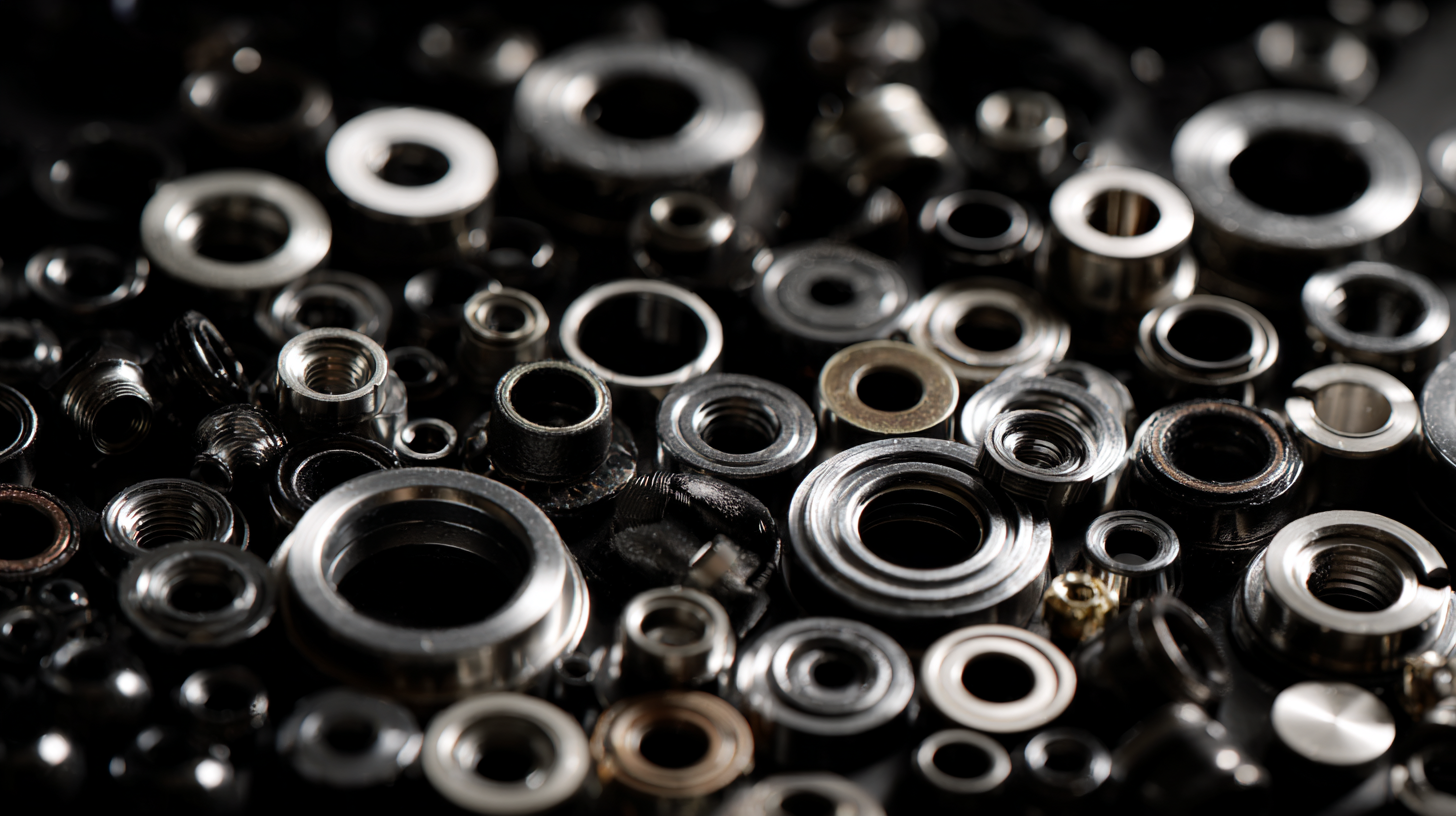
Maximizing Efficiency with HCSZ High Performance Low Noise Roller Needle Bearings: A Comprehensive Guide
Needle bearings, specifically HCSZ high-performance low noise roller needle bearings, are designed to maximize efficiency across various applications. These specialized bearings utilize cylindrical rollers that are thin and long, significantly enhancing their load-carrying capacity while minimizing space. According to the International Journal of Bearing Technology, needle roller bearings can handle loads of up to 80% greater than conventional ball bearings of the same size, making them an optimal choice for machinery where efficiency and space are critical.
The low noise characteristics of the HCSZ needle bearings contribute to quieter operations in industrial settings, which are increasingly important due to stringent regulations on noise pollution. A recent study published in the Journal of Mechanical Engineering found that implementing low-noise bearings can reduce machinery noise levels by as much as 15 dB, culminating in a more conducive work environment. This combination of efficiency and quiet operation not only enhances productivity but also prolongs the lifespan of the machinery, as less vibrational stress is introduced.
Furthermore, the innovative design of HCSZ bearings ensures lower friction levels, resulting in decreased energy consumption. According to a report by the Bearing Research Group, using high-performance needle bearings in motor applications can lead to energy savings of up to 30%. This efficiency is vital for industries looking to reduce operational costs while maintaining high performance levels. Therefore, investing in HCSZ high-performance low noise roller needle bearings is not just a choice for better performance; it’s a strategic move toward sustainability and reduced operational costs.
FAQS
: Micro miniature bearings are small-sized bearings that enhance durability and performance in high-demand applications across various industries, including aerospace, automotive, and electronics.
Traditional steel bearings are being replaced because innovative materials like ceramic and advanced polymers offer advantages such as lower weight, reduced friction, and superior resistance to wear and corrosion.
Hybrid bearings combine ceramic balls with steel races, resulting in enhanced performance that can withstand higher speeds and temperatures, which is crucial for high-performance applications.
Ceramic materials can endure temperatures exceeding 800°F, making them suitable for high-performance use.
Manufacturers can adopt sustainable practices by evaluating the life cycle of bearing products, using eco-friendly materials like bio-based lubricants and recycled metals, and partnering with suppliers committed to sustainability.
The global miniature bearings market is projected to reach USD 2.5 billion by 2027.
Reliability is critical in sectors like aerospace since failures can have severe consequences; innovative materials enhance both the longevity and reliability of bearings in these applications.
The future trends include a significant transformation towards sustainable practices and the adoption of eco-friendly materials and processes in bearing manufacturing.
Companies embracing sustainable practices can gain a competitive edge as consumer preference increasingly shifts towards environmentally responsible products.
Staying informed about advancements in materials technology can lead manufacturers to make choices that improve product performance and lifespan, benefiting both their operations and environmental responsibility.
Conclusion
In today’s fast-changing industrial world, the demand for Micro Miniature Bearings is definitely on the rise across a bunch of sectors—think automotive, mining, and engineering machinery. This post is here to take a closer look at why these tiny, yet super important parts are so in demand right now. We’ll also talk about the tough spot the industry finds itself in thanks to global supply chain hiccups and how that’s affecting sourcing. Plus, I’ll dive into some cool new materials that boost the durability and performance of these bearings, especially in high-tech applications.
On top of that, I’ll compare traditional sourcing methods with some newer, more innovative strategies. It's pretty interesting to see how big players like Shandong Hangshuo Bearing Co., Ltd. are shaking things up with advanced solutions. And since everyone’s talking about sustainability these days, I’ll also touch on future trends—things are definitely shifting towards greener, more eco-friendly manufacturing practices for these tiny bearings. It’s pretty exciting to see how the industry might evolve in this direction.
Related Posts
-
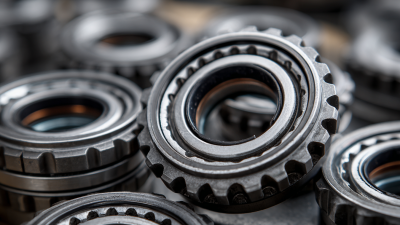
Top Strategies for Maximizing Performance with Miniature Tapered Roller Bearings
-
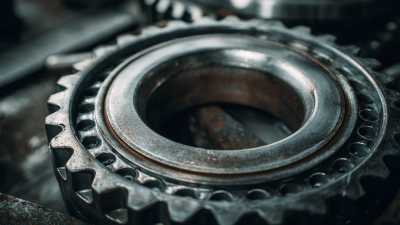
Ultimate Guide to Understanding 22206 Roller Bearing Specifications and Applications
-
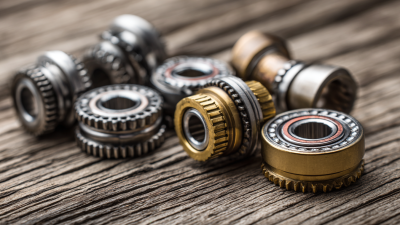
Ultimate Guide to Selecting the Right Torrington Roller Bearing for Your Application
-

Top Strategies for Choosing the Best Angular Contact Ball Bearings for Your Business
-
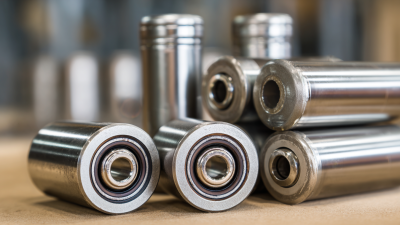
Maximizing Efficiency: The Unique Advantages of Cam Follower Needle Roller Bearings in Modern Manufacturing
Blog Tags:

